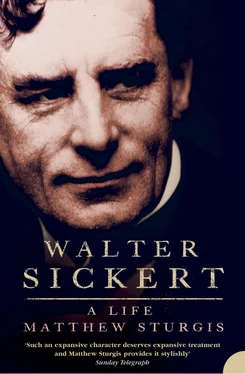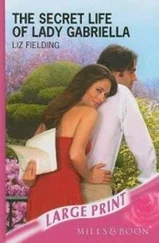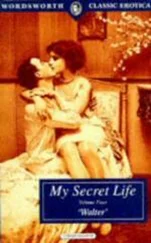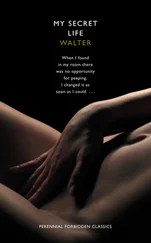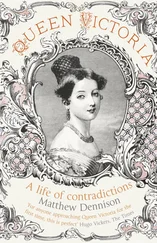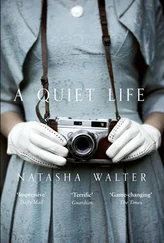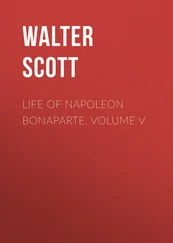One afternoon he read – or chanted – his Newdigate Prize poem, ‘Ravenna’, to the assembled company as they sat beneath the apple trees in the orchard:
A year ago I breathed the Italian air
And yet methinks this Northern spring is fair …
It was a mellifluous performance, punctuated only by Miss Slee’s schoolmarmish insistence on correcting some minor point of pronunciation, an interruption that Wilde took with good humour. 26 Sadly, he was not on hand to help Walter write a comic playlet for the company to act: Walter could have done with the assistance (he felt ‘totally devoid of fancy & originality’ in the field of comic writing) and Wilde might have discovered his true vocation earlier. 27
Another visitor was Johnston Forbes-Robertson, who was on a walking holiday. His theatrical career was advancing swiftly. He had just been engaged by Irving for the forthcoming season at the Lyceum. 28 Although he complained to Helena that he was usually cast in character parts – often as old men – even his geriatric disguises could not quite obliterate his broad-browed, straight-nosed good looks, nor muffle his perfect diction (learnt, so he claimed, from Phelps). At the age of twenty-six, he was beginning to gain the status of a stage idol. And yet he still managed to combine this achievement with his first love: painting. He continued to work on portraits – often of theatrical figures – in the studio at Charlotte Street. 29
To Sickert, Forbes-Robertson’s life must have seemed both charmed and desirable: rather than having to decide between painting and acting, he had chosen both. Might he himself not follow suit, and become a star of the London stage and an acknowledged artist? For the moment, however, both goals remained frustratingly out of reach. And the vision paralysed almost more than it inspired him. He lapsed, as he told Pollard, in to ‘such despair about [himself]’ that he was unable to work. ‘As to painting,’ he confessed, ‘I have done nothing.’ He spent most of his time lying in the orchard reading Thackeray: Vanity Fair he pronounced ‘very perfect’. 30
Nevertheless he returned to London with a sense of gathering resolve. Although he was still ‘appearing’ rather than ‘acting’ at the Lyceum, he sought to speed up the pace of his progress by mounting some drawing-room theatricals of his own. Together with his friend Justin Huntly M’Carthy (son of Justin M’Carthy MP) he put on a series of performances at the M’Carthys’ house in Gower Street. They acted scenes from Love’s Labour’s Lost (Sickert taking the part of the curate, Sir Nathaniel) together with the Irving staple, Raising the Wind (with Sickert in the Irving role of Jeremy Diddler), and L’Avocat Patelin (in which Sickert reprised his successful KCS performance). Walter devised elaborate make-ups and costumes for his various parts. He was so pleased with his get-up as Sir Nathaniel that he arranged to have himself photographed in costume. Walter marshalled his brothers Robert and Bernhard into minor parts but the productions were clearly intended as a showcase for his talents and as such they were not unsuccessful. Despite, as he put it, getting ‘lost a little’ during one of his Shakespearean speeches, he ‘muddled through somehow’ and no one noticed. Mr Kelly (perhaps Ellen Terry’s husband) promised him a part in a matinée he was putting on at the Gaiety, and also recommended him to ‘a very good agency’. 31
In December, Sickert returned to King’s College School to give a performance of Clarence’s Dream from Richard III at the annual prize-giving. The school magazine – edited by his friend Alfred Kalisch – described the recitation as ‘one of the features of the day’: ‘Sickert surpassed himself, and evoked the greatest burst of applause heard during the evening. The only fault of the performance was its shortness. Sickert’s elocution was perfect, distinct without a trace of effort, and his gestures, though few, were most expressive.’ The notice ended with the hope that ‘he may meet with similar success in his professional career’. 32
Perhaps on account of this success or by the efforts of his ‘very good agency’ – but most probably through the good offices of E. W. Godwin – Sickert was engaged almost immediately afterwards as a ‘super’ by George Rignold. 33 Rignold (a close friend of Godwin’s) was mounting a production of Douglas Jerrold’s once-popular naval drama, Black-Eyed Susan , at the Connaught Theatre in Holborn. 34 According to Sickert’s own account, this was his first real break. There was a difficulty in finding among the supers someone who could speak convincingly as the foreman of the jury in the court-martial scene. Sickert, it was considered, would make the most plausible ‘naval officer’, so he got the part. 35 By January he had been promoted to ‘first servant’; 36 and in February he achieved the distinction of his first proper speaking role as ‘Jasper’ in the English Civil War romance Amos Clark . E. W. Godwin and Beatrice were amongst the friends in the audience to witness this debut. 37 It was not a large part. He had only one cue: ‘That man Jasper creeping among the laurels’, at which he made his appearance. The character – as might be guessed from his name and entry line – was a villain. One day, on mentioning to a family friend what part he was playing, Sickert was warned, ‘Take care, don’t let it affect your real character, Walter!’ There was little danger of that. Although he enjoyed piecing together his performances from the external incidents of costume, make-up, and gesture, he seems not to have lost himself in the characters he portrayed, nor in their situations. He never even bothered to read the whole of Amos Clark . 38
In tandem with these small theatrical advances, Sickert continued to foster his artistic ambitions. * One interesting avenue, however, was closed off to him. He returned from his holidays to find that Whistler had left England. The painter, bankrupt and homeless, was in Venice, having decamped with his mistress, Maud Franklin, and a commission from the Fine Art Society for a series of etchings. In the absence of his hero, Sickert turned for direction to his father, and Oswald Sickert, satisfied that his son was now making progress on the professional stage (and conscious perhaps that a double career might be possible), was happy to offer him every practical assistance. Walter gained his first semi-formal art instruction by working alongside his father at Pembroke Gardens. There would sometimes be life drawing in the mornings, and Oswald painted a portrait of his eldest son, which must have been instructive for the sitter. 39 Walter also worked from the model at Otto Scholderer’s studio in Putney. 40
Sickert always claimed that this early instruction he received from his father and Scholderer provided the sound and necessary basis for his whole development as an artist. He certainly picked up good habits from them. He learnt to look, and to set down what he saw – not what he thought he saw. He recalled how Scholderer would chide those who substituted ‘the vapid head of convention’ for what was actually before them, with the remark, ‘Der Gypskopf steckt noch drin’ (The plaster cast is still inside it). 41 But besides such particular lessons he also gained something more general: a first understanding of, and connection with, the great tradition of ‘the French school’. 42
The tradition that the two men had imbibed in Paris in the 1850s was a distinctive one. It rested upon the conception that painting was divided into three elements: line, tone (the range of light and darkness), and colour. Following the traditional method, as taught at Couture’s studio, these three elements were still applied in three separate operations: an elegant outline drawing was first made on the prepared canvas. To this were added a few simple tonal ‘values’ in a ‘frotté of thin colour’, which was left overnight to dry. Another thin layer of lights and shadows could then be added in portions. In the next stage, a transparent coloured glaze of oil paint was laid over this underpainting with ‘long haired whipping brushes’ in a single process. 43 By the time Oswald Sickert and Scholderer had got to Paris this classical arrangement was already being challenged. The development of ready-made conveniently transported oil paints had encouraged artists such as Courbet to experiment with the medium – to lay the oil paint on more thickly, to treat it as opaque rather than transparent. This effected a radical change in practice. Colour and tone were applied in a single operation (the colours being mixed to the right ‘value’ of tone on the palette), and line became a subordinate element. 44 Nevertheless, the essential conception of the tripartite division remained as the basis against which these changes were made. And it was a conception that Sickert imbibed from his first teachers. It provided him with the essential framework for his future thoughts about painting, and for their future development. 45
Читать дальше
